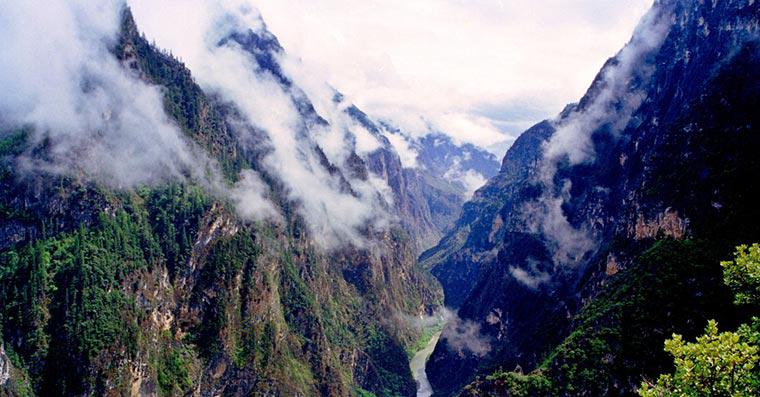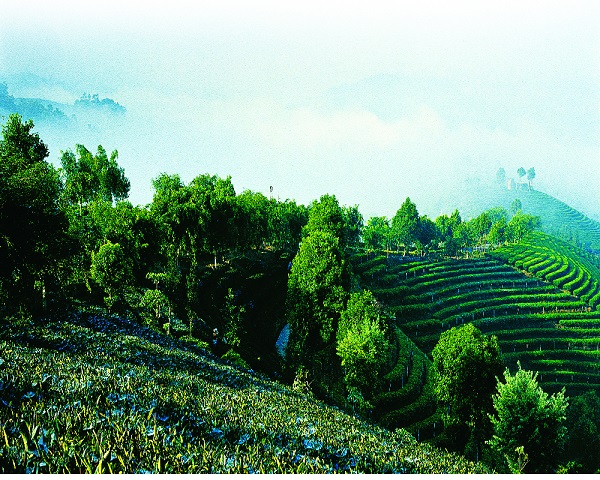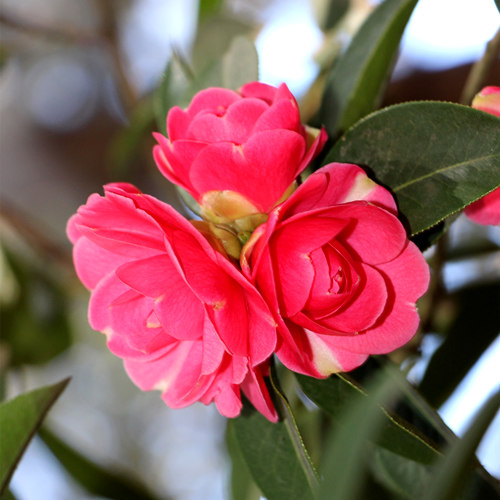
Detailed Introduction to Yunlong County of Dali Prefecture
1. Overview
Yunlong County lies in the northeastern corner of Dali Prefecture, bordering Weishan County to the northeast, Midu to the south, Binchuan to the west, and Heqing to the northwest. It covers 2,634 km² and, as of the 2020 census, has about 210,000 residents. The county seat is Cangshan Town (苍山镇), sometimes also called Yunlong Town.
2. Geography & Climate
Topography
Straddles the transition between the Yungui Plateau and the southern reaches of the Hengduan Mountains.
Elevations range from 1,650 m in the valleys up to over 2,600 m on Cangshan’s eastern ridges.
Climate
Subtropical highland monsoon (Köppen Cwb): mild, frost-free winters and warm, rainy summers.
Annual mean temperature ≈ 15 – 17 °C.
Annual precipitation ≈ 900 – 1,100 mm, concentrated May–October.
3. Administrative Divisions
Yunlong administers:
4 towns: Cangshan (苍山镇), Taiping (太平镇), Baohua (宝华镇), Yangliujing (杨柳井镇)
3 townships: Lianran (莲花乡), Zhuanglin (庄林乡), Zhonghe (中和乡)
Within those, there is one Yi ethnic township—Lianran Yi Ethnic Township—reflecting the county’s significant Yi presence.
4. Demographics & Ethnic Composition
Total Population: ~210,000
Ethnic Groups:
Bai and Han are the two largest groups.
Yi (especially in Lianran), Hui, and a small number of Miao and Lisu also live in the county.
Language: Bai dialect in the valleys; Yi and Mandarin in the uplands and towns.
5. Economy & Agriculture
Agriculture:
Rice and corn in valley terraces; tobacco, potatoes, and vegetables on hillsides.
Tea grown on mid-elevation slopes of Cangshan.
Forestry: Timber and mushroom cultivation in forested uplands.
Light Industry: Food processing (tobacco curing, vegetable canning), and small-scale handicrafts.
Tourism: Eco-tourism around Cangshan and Baohua, homestays in Yi villages.
6. Culture & Festivals
Torch Festival (土族/ Yi): Bonfire dances and bull-wrestling in summer in Yi townships.
Third Month Fair (三月街): Bai-style market festival in Cangshan Town featuring folk songs, handicraft stalls, and horse races.
Mid-Autumn Moon Worship: Bai temple rituals and lantern processions around local pagodas.
7. Key Attractions
Cangshan Foothills & Panorama Road
– Scenic drives and hiking trails with views over the Dali basin and Erhai Lake to the west.
Baohua Valley
– Waterfalls, karst caves, and traditional Bai villages offering homestays.
Lianran Yi Ethnic Village
– Experience Yi wood-stilt houses, embroidered costumes, and township-wide folk performances.
Taiping Ancient Bridge
– A Ming-era stone arch bridge spanning the Laoying River, surrounded by tea terraces.
8. Transportation
Road: Provincial Highway S218 links Yunlong with Dali City (~1 hr), Weishan (~1.5 hrs), and Midu (~45 min). County roads serve all towns.
Bus: Regular buses from Cangshan Town to Xiaguan (Dali New Town), and minivans to upland villages.
Rail/Air: Nearest rail and airport at Dali Fengyi Airport (~1 hr by road).
9. Outlook & Development
Yunlong is positioning itself as a gateway between Dali’s tourist core and the forested uplands of northern Yunnan. Investments in rural revitalization, ethnic tourism, and eco-agriculture seek to diversify incomes while preserving its highland landscapes and multicultural heritage.



